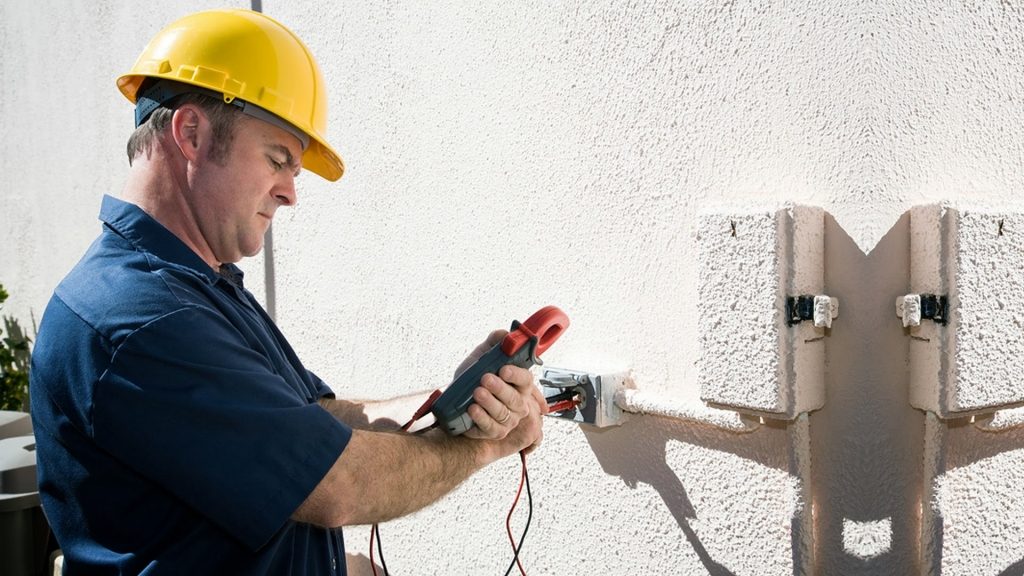Emergency lighting is solely designed for power failures, or when the main power supply is cut off and the regular lighting fails. Without emergency lighting in place, a business or home can suddenly become dark and unsafe. Safety issues occur as the result of physical injury or panic.
Emergency lighting, when used commercially, enables people to evacuate a premises safely. Today, most new buildings feature emergency lighting that is installed in accordance to current building regulations, and local authority mandates.
Some of the Places Where Emergency Lighting is Used
The British Standard supplies a designer of emergency lighting with clear-cut rules to follow. These guidelines involve the use of the lighting in homes, hotels, hospitals, clubs, schools, nursing homes, museums, offices, and multi-storey dwellings.
According to electricians in Derbyshire, emergency lighting is subdivided into escape lighting and standby illumination. Emergency escape lighting is part of the system of emergency lighting, that keeps people safe while exiting a building. This type of lighting has been established in response to the Regulatory Reform Order for fire safety.
Emergency Escape Lighting Classifications
Emergency escape lighting is further divided into escape route lighting, high risk task lighting, and open area lighting. Escape route lighting ensures that a means of escape is identified so occupants can easily exit.
High Risk Task Area Lighting
High risk task area lighting provides lighting to keep people safe in situations that are considered potentially dangerous, allowing for a safe shutdown of operations, in order to keep workers or building occupants safe.
Open Area Lighting
Open area lighting, or anti-panic lighting, is offered to minimise incidents of panic by ensuring there is enough illumination to permit people to reach a location where an escape or exit route can be recognised.
Standby Lighting
Standby lighting is an emergency lighting system that allows regular activities to continue without disruption or incident.
Because of the important nature of the above lighting arrangements, electrical professionals must regularly inspect and repair the systems, to ensure safety and added security in commercial facilities, plants, and homes.

